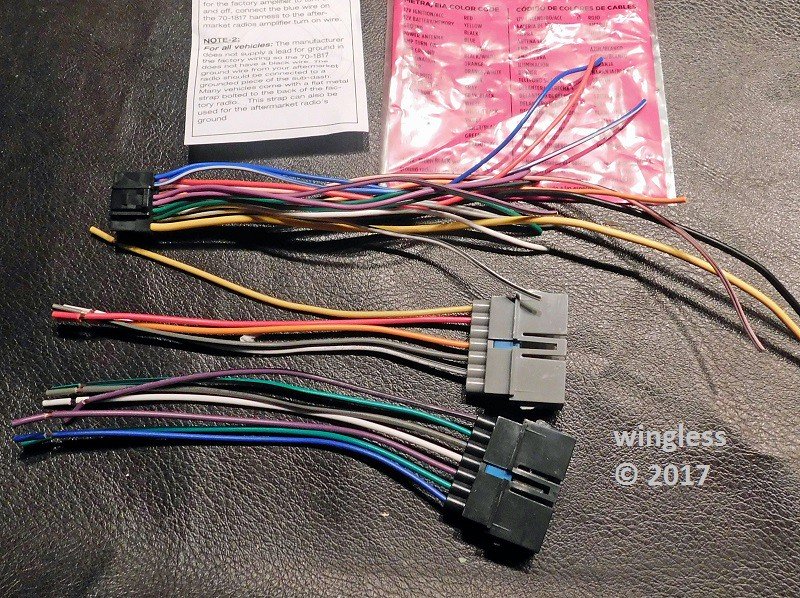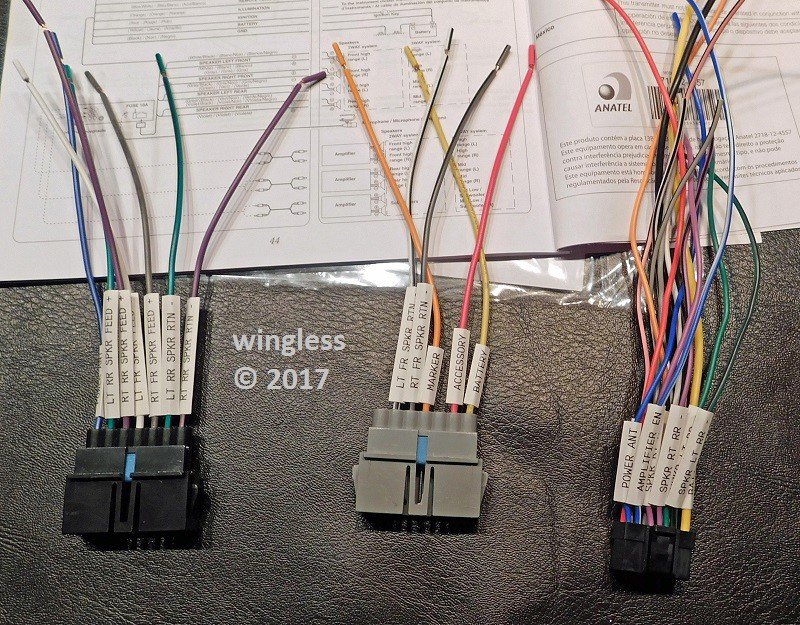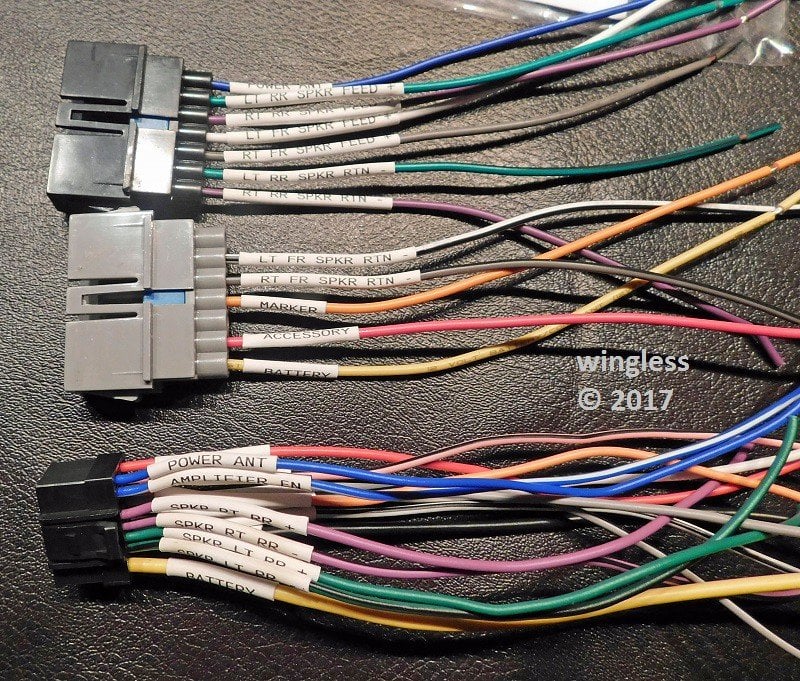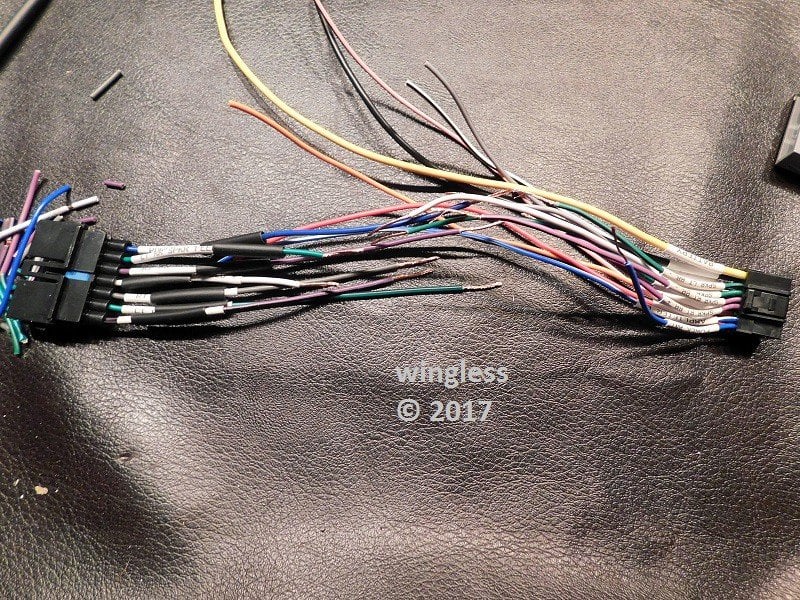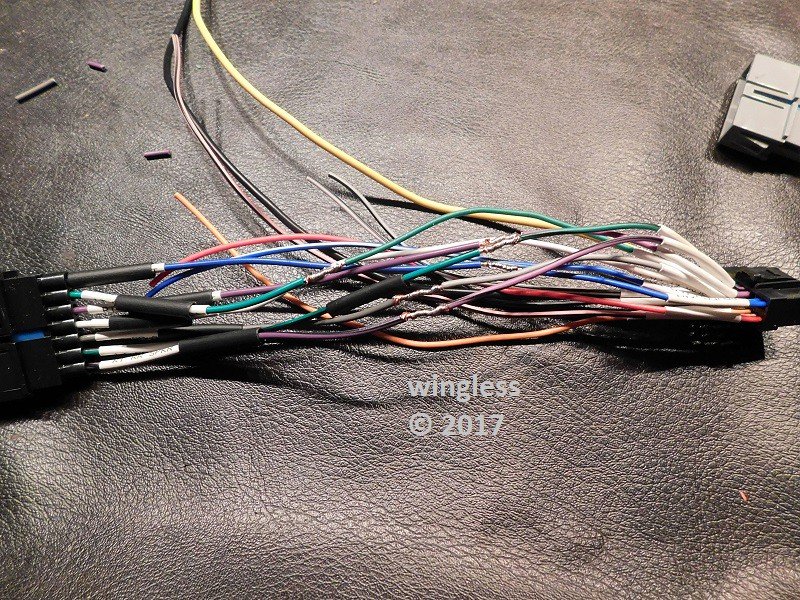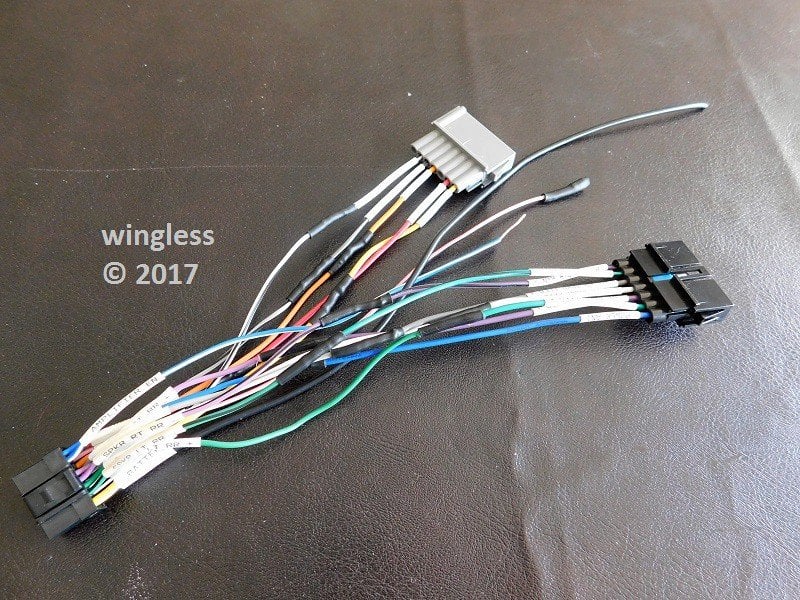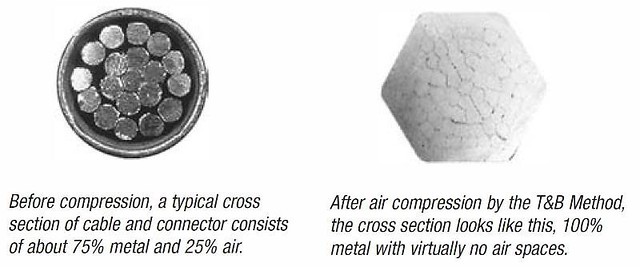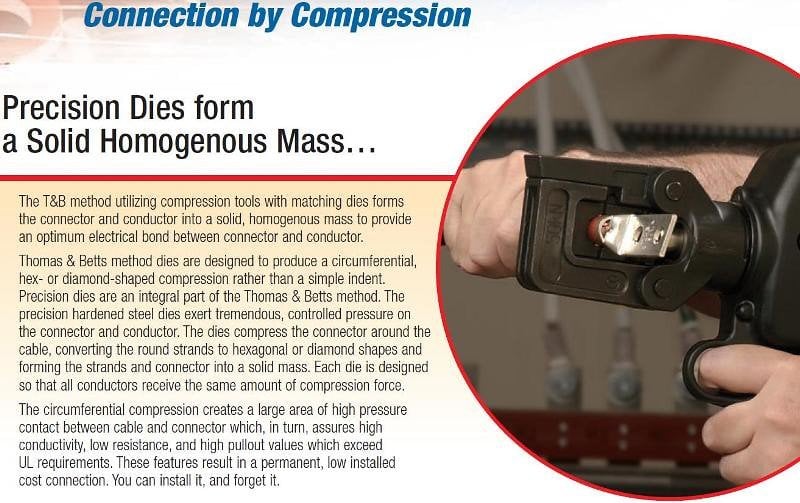Lbetts818
CarAudio.com Elite
My hammer crimped is garbage. Doesn't work well. What's the pros and cons of soldering lugs vs crimp?
yeah i have big dull bolt cutter worked great to crimp 4 ga anyway..Saw a guy on YouTube use small chunks of rubber and a bolt cutter. Hmmm. Could work.
If your wire comes loose after a hammer crimp you either need to start going to the gym or get a bigger hammer.That's what I have but wire always comes loose. Maybe a little solder and hammer crimp??
I got a chuckle from this.If your wire comes loose after a hammer crimp you either need to start going to the gym or get a bigger hammer.
